The LTT Resident Graduate Students share their summer research projects below:
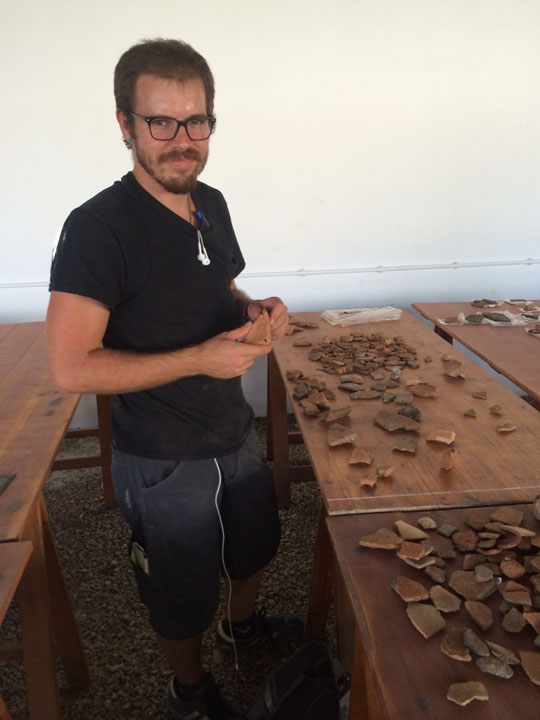 |
LUKE KAISER Luke works at Mochlos, an archaeological site on an island off the coast of Crete. It was occupied throughout the Bronze Age, and his research focuses on the ceramics from the earliest deposits of the settlement. To understand the contexts that he studies, he applies ceramic analysis to the deposits, both dating the deposit and defining the usage of different spaces over time. He is Mochlos’ team coordinator and statistics supervisor. With that team of undergraduates and graduate students, he oversees the processing of millions of sherds each summer as a part of the publication process for the forthcoming Mochlos volume. Luke adds other scientific and experimental archaeological methods to his work. He uses optical petrography to study his material microscopically and scanned a subset of his ceramic material this past summer with a portable x-ray fluorescence device provided by Bruker Technologies. In the Lab for Traditional Technologies, he uses ethnographic research to recreate handmade pottery in order to understand the processes through which his MA/PhD material was made. |
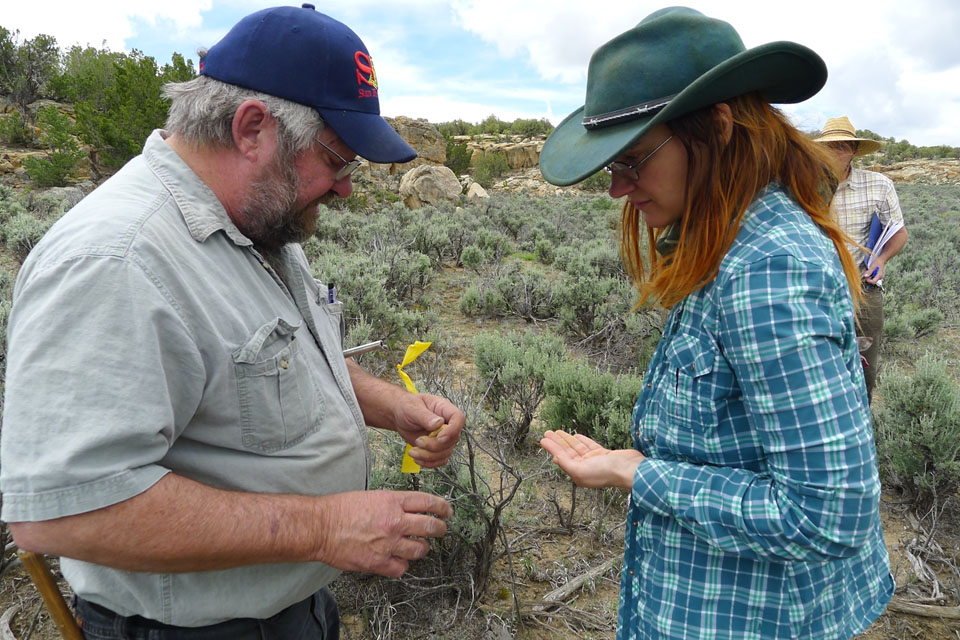 |
ERANA LOVELESS This was the first summer since I began this program that I did not travel abroad. Instead I took Ron Towner's Dendroarchaeology course and thereby got to do a field week in Dinetah, New Mexico. I helped by coring a hogan, a summer shade, and an antelope trap. I also did two more field seasons collecting fire history samples and tree cores in El Malpais, New Mexico, as well as on the north rim of the Grand Canyon / Kaibab National Forest. This field work allowed me to develop practical field experience, which is an irreplaceable complement to traditional classwork. |
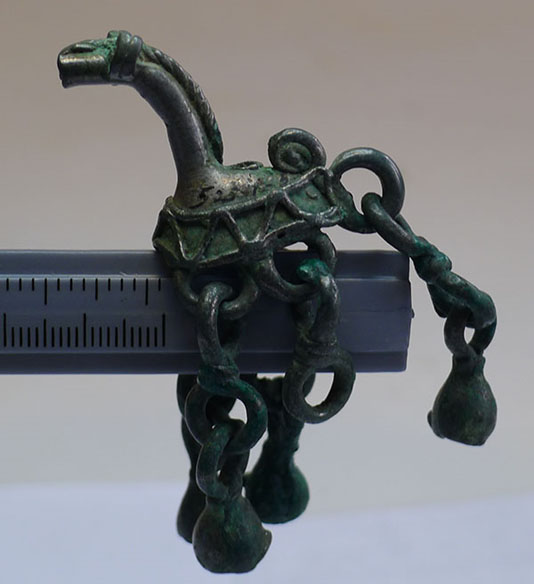 |
KATIE MACFARLAND This summer, Katie collected dissertation data from the University of Pennsylvania Museum of Archaeology, home of the largest collection of central Eurasian Scythian and Xiongnu (ca., 1000-100 BC) artifacts outside of Russia and China. She worked with the Keepers of the Mediterranean, Near Eastern, and Asian sections, analyzing 811 artifacts from the Kuban region (Caucasus), Ukraine, and Inner Mongolia. Pictured is one of the more whimsical artifacts in the UPenn collection, a horse figurine ornament, possibly used to decorate a saddle. Various attributes (e.g., decorations, context and function of the decorations, material it is made of, technology used to manufacture) of these artifacts will be integrated into a GIS database will illuminate structured usage of these variables throughout the Scythian and Xiongnu landscape. For more information about Katie’s summer, visit http://agua.arizona.edu/article/collecting-dissertation-data-museum-sty…
|
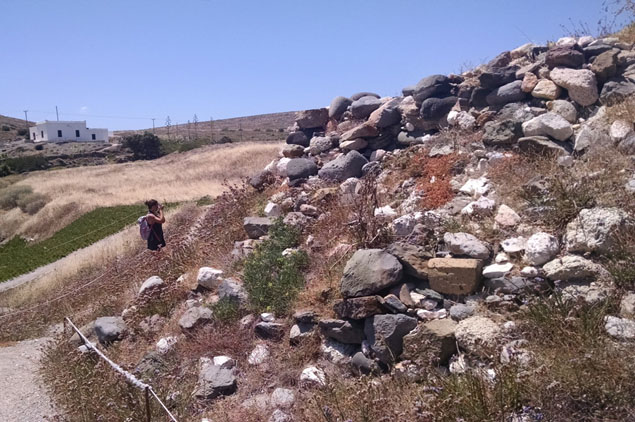 |
STEPHANIE MARTIN I spent 6 weeks this summer in Greece, working with the Mt. Lykaion project in the Pelopponese for the second year under Dr.’s Romano and Voyatzis. At our apotheke (store-house) in Tripolis, I spent many hours compiling, editing, and corroborating our online database, Kronos, with the physical artifacts, to ensure the project is ready for a new excavation season in 2016. After the season ended for the Mt. Lykaion project, I travelled to the island of Milos to do personal research on the Late Bronze Age city of Phylakopi. Phylakopi featured heavily in my M.A. thesis, and so I visited the site to examine the layout and architecture, as well as the archaeological museum to study the materials.
|
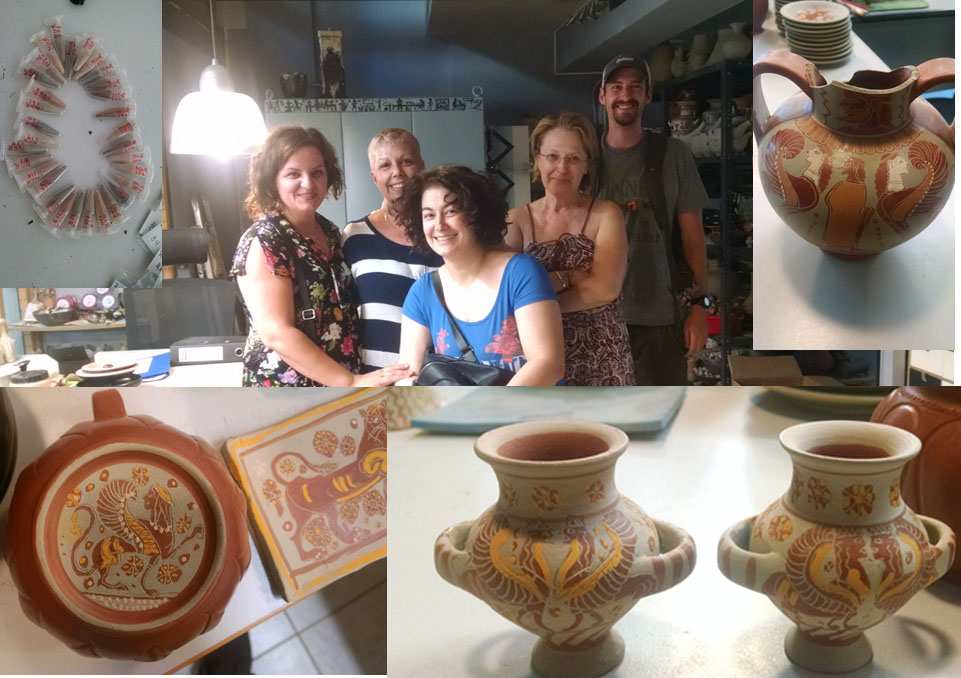 |
JAY STEPHENS From June to July, I worked with the Mt. Lykaion Survey and Excavation project to better understand the Late Bronze age – Early Iron age transition in Greece. As part of an ongoing research project, I was allowed to analyze roughly 250 ceramic samples with non-destructive pXRF analysis. The goal of this project is to better understand the diachronic use of ceramic materials deposited at the site. After a short, relaxing, break on the island of Melos, I interned at the National Center for Scientific Research (Demokritos) under Dr. Vassilis Kilikoglou. Here, I prepared INAA samples and analyzed datasets pertaining to the study of ceramic technological change. Lastly, I was able to intern at Thetis Authentics Ltd under Dr. Eleni Aloupi. Unlike my previous summer experiences, which had largely been analytical, my time at Thetis Authentics ltd was dedicated to experimentally reproducing Protocorinthian and Corinthian ceramics to better understand how artists would have processed and used historically accurate materials.
|
